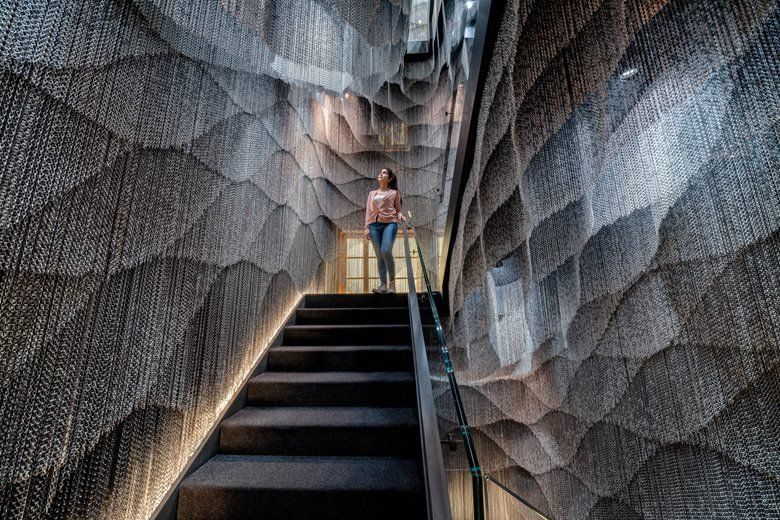Join thousands of people who organise
work and life with Novatr.
10 Unbelievable Parametric Furniture That Are Perfect Examples Of Innovation
Thet Hnin Su Aung
13 mins read
August 25

Let’s take a look at how architects and designers are using this cutting-edge approach to parametric furniture design.
Parametric Modelling and its Diversity
Parametric modelling is a modelling approach that utilises parameters to manipulate the geometry of a design using algorithms. This process is performed by programming script input by the designer. Nowadays, it has become much more convenient as architects and designers can use visual programming scripts to design and iterate. We can now notice many parametrically designed projects, from large buildings to facades to a piece of small furniture.
10 Intriguing Pieces of Parametric Furniture
1. Brevard Parametric Chair
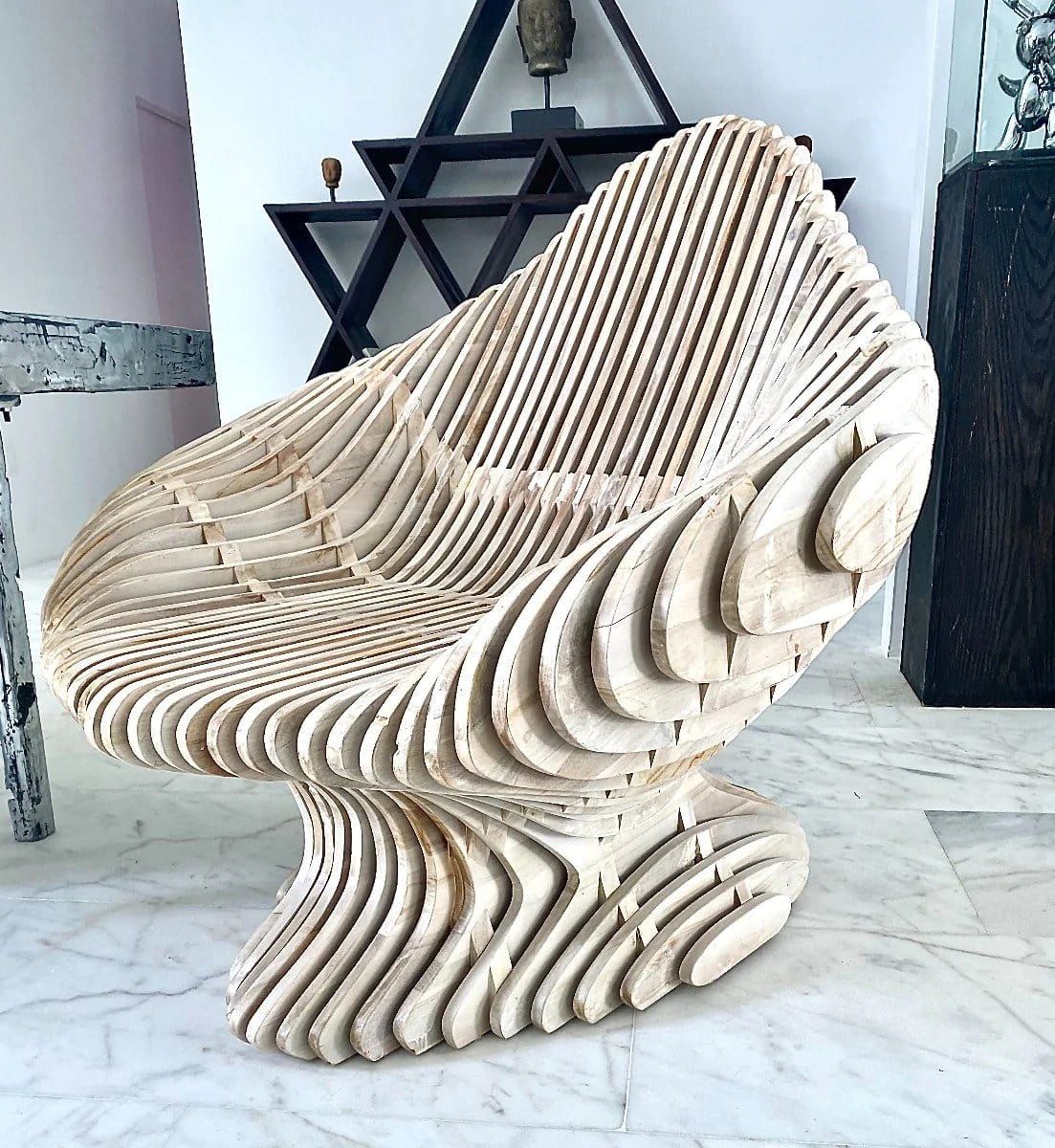
The Brevard Chair (Source: https://johnbrevard.com/collections/furniture/products/brevard-parametric-chair)
Have you seen this chair before on Pinterest? It is designed by John Brevard design studio, made to resemble a throne.
Designed parametrically, and created by hand, the Brevard chair is made of solid teak wood. The chair is part of the Morpohgen series which features organic shapes and forms in fluidity. Teak wood is well-known for its versatility and durability and in the creation of the Brevard chair, the studio only used sustainably cultivated teak which is in line with their design principles. The Brevard parametric chair can be ordered to fit custom specifications on the studio’s website.
2. Marble Table
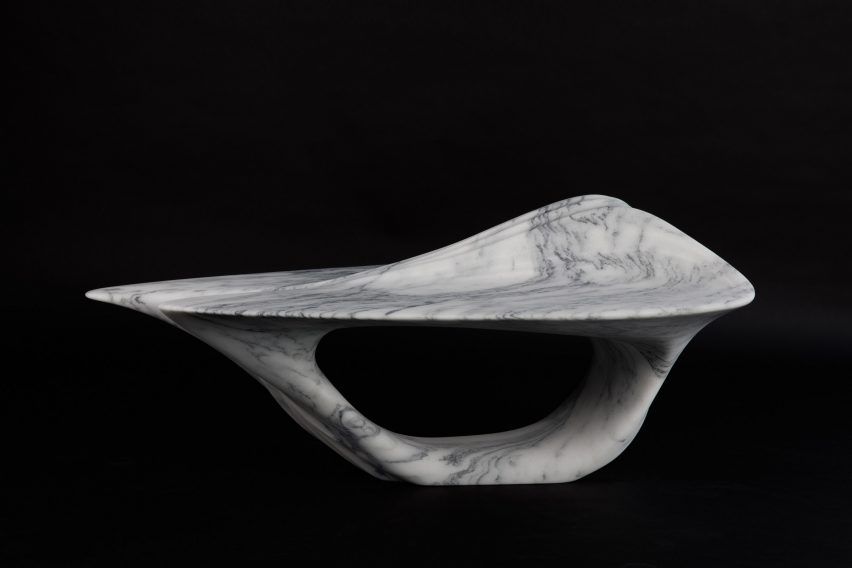
Marble table (Source: https://www.dezeen.com/)
Parametric design or computational design is not only applicable to large furniture. Layth Mahdi, an Iraqi designer, proved that with a series of marble vases and tables. What made them special? They are designed by algorithms to produce contoured surfaces and fabricated by robots. Mahdi used advanced parametric modelling to design the fluid forms and oscillating ripples for the surfaces of the tables and the vase.
3. Please be seated

Please Be Seated installation (Source: https://www.galvanizing.org.uk/)
Please Be Seated is a community installation work by Paul Cocksedge Studio and Arup and fabricated by White & White. It is assembled in modules of two laths (a thin sheet of wood) forming a node. The purpose of this installation is not purely aesthetic; it raises awareness about reusing construction waste by using reclaimed timber plants and galvanized steel scaffolding poles. The rippling wave structure provides benches to sit or lie down and arches to walk under for an engaging user experience for the pedestrians.
4. Plexus Pavilion
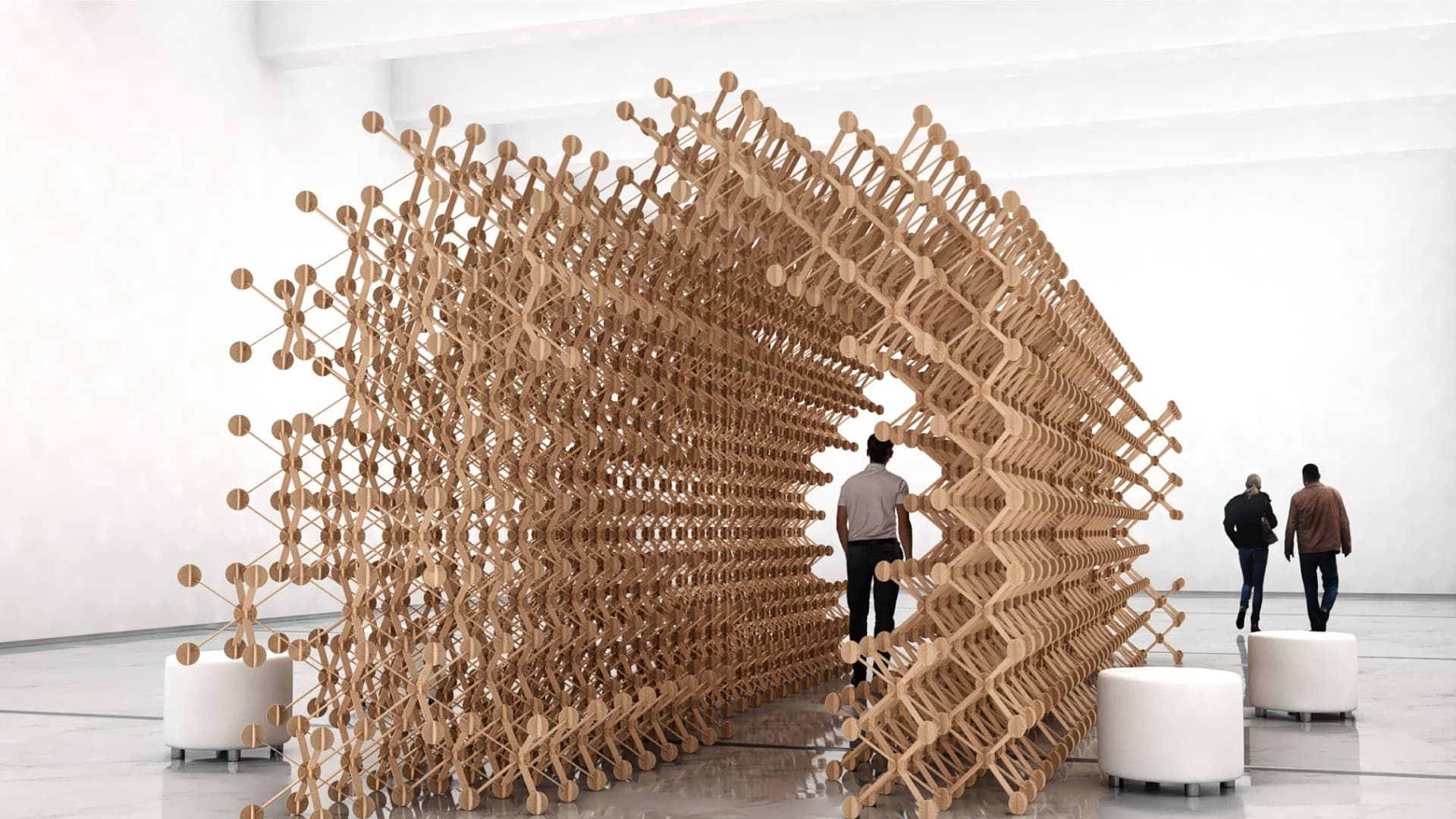
Plexus pavilion (Source: https://www.stirworld.com/)
Though Plexus is designed as a pavilion, we feel it deserves a special mention in the list as a display booth.
Similar to Please Be Seated installation, Plexus is also a design to target wastage from trade fairs (more specifically, discarded fair stalls). The installation, as a display booth, is a work of components in an intricate network which can adapt to different sizes for different products. At the end of the exhibition, it can be flattened for easier transportation and built up quickly again in a new place. The designers have catalogued almost 1000 designs based on a series of aggregation principles on its components.
5. Parametric Bench
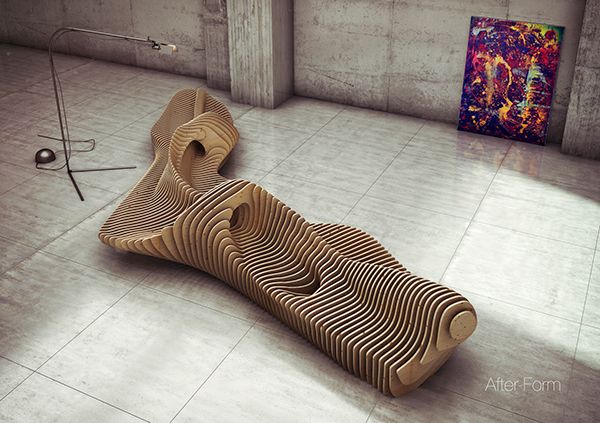
Parametric Bench by Oleg Soroko (Source: https://www.behance.net/After-form)
Oleg Soroko, of After Form, has made quite a name for himself with the use of parametric design for furniture, 3D art and NFTs. One of his earliest works was simply known as the Parametric Bench. The designer used the capabilities of parametric modelling to full advantage to design organic and flowing benches and chairs. The Parametric Bench, like most products in his Parametric furniture collection, is made of plywood sections, fastened with iron rods and mounting bolts. The manufacturing technique was also in consideration for easier and cheaper to produce non-linear forms.

6. Tokyo Bench
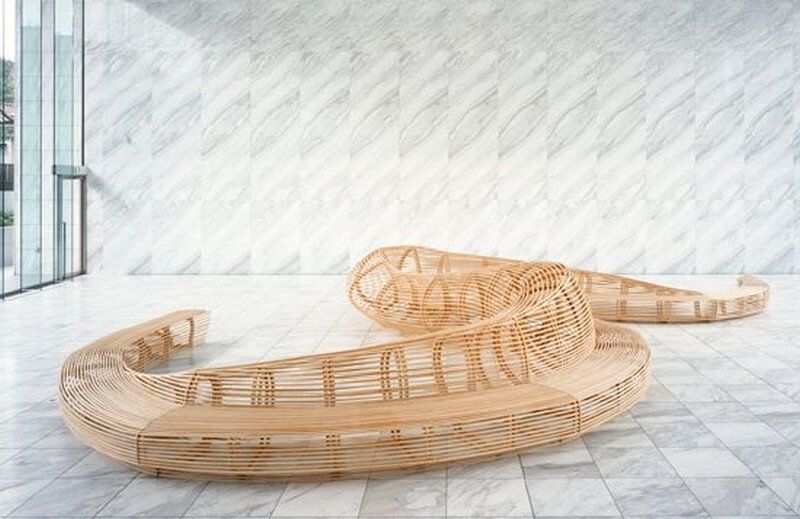
Tokyo Bench by Craig Webb and Claire Imatani of Gehry Partners (Source: https://parametrichouse.com/)
Designed for Design Tide and Tokyo Designers Week all the way back in 2008, Tokyo Bench was created with hard maple twisted and bent akin to the coils of a snake. It was designed by Craig Webb and Claire Imatani (Gehry Partners) and manufactured by Tomas Osinski. The structural frame was constructed in a way that the back support grew smaller and smaller until it disappeared into the seating through a series of oval frames.
7. UltraStellar Collection
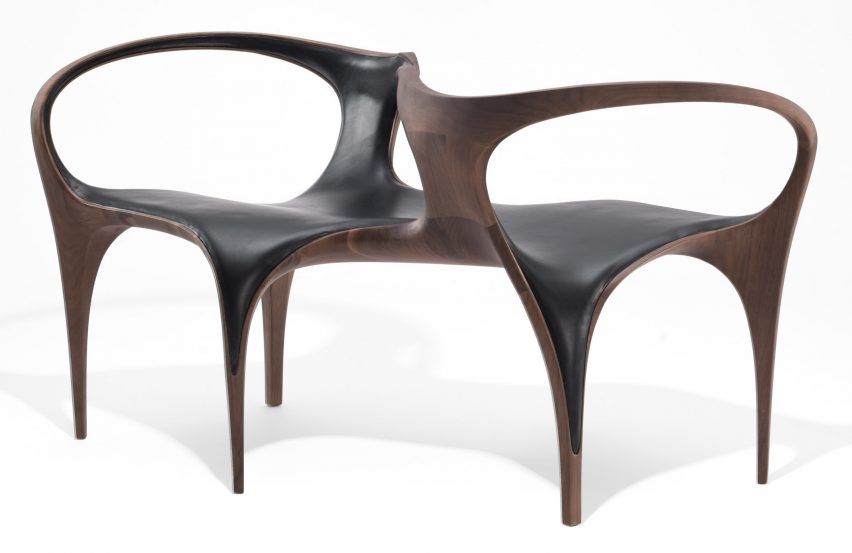
The back-to-back chair from the UltraStellar collection (Source: https://www.dezeen.com/)
Zaha Hadid Architects is well known for their out-of-the-world organic form buildings, but do you know the firm also makes furniture and product design?.
If the previous furniture design on this list focuses on using parametric modelling to design modular components for structure, this collection from 2016 showed a different take on parametric furniture design; with twisted and curved surfaces and pointed thin legs, the walnut furniture, in her signature fluid style, appears lightweight while remaining sturdy. Along with the chair, the entire collection, known as UltraStellar, references mid-century furniture that was enhanced by parametric modelling. This was Zaha Hadid’s last furniture collection before her death in 2016.
8. Dragon Bench
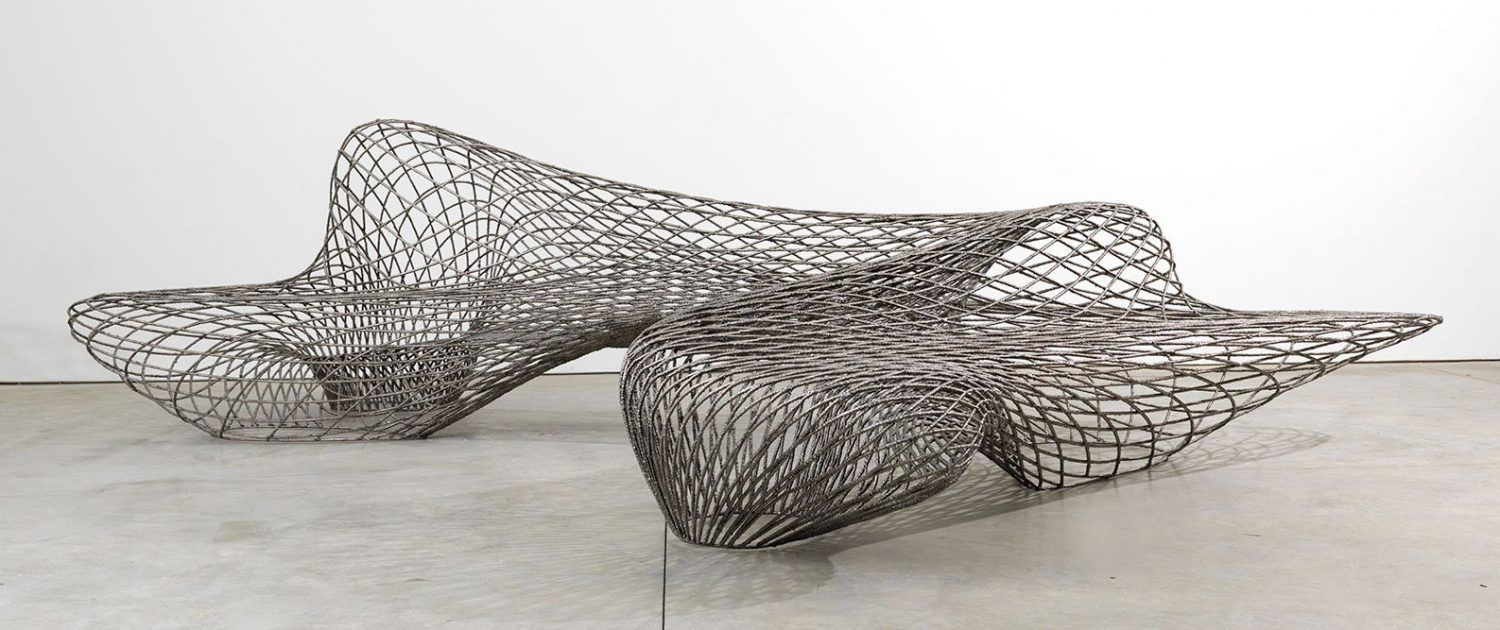
Dragon bench by Joris LaarmanLab (Source: https://www.jorislaarman.com/)
Joris Laarman Lab has created several pieces of furniture using the latest technology in 3D printing. The Dragon Bench (2014) was the first sculptural piece by the lab using their first in-house metal 3D printer. It uses metal to 3D print the entire structure without needing any structural supports. This Dragon bench is the result of testing unexplored capacities of 3D printing for a new form language with high-quality self-supporting materials. The Lab has worked with both parametric and generative design approaches to create stunning structures.
9. Banyan Eco Wall
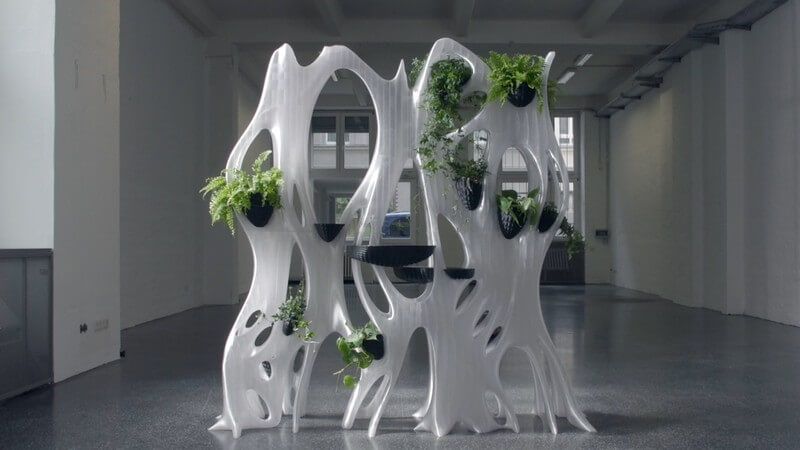
Banyan Eco Wall by BigRep (Source: https://parametrichouse.com/)
This piece is not exactly furniture, but a prototype of an eco wall that could well work as a screen. What’s impressive is that it is the world’s first fully additively manufactured green wall! And it is only possible with the parametric and generative tools to come up with the form, as well as its features, to be 3D-printed. It has integrated drainage and irrigation systems which is a step up from manual irrigation systems used in vertical farming. With this Eco Wall, vertical farming while indoors might just become a lot more convenient.
10. Cardboard Hypar Table
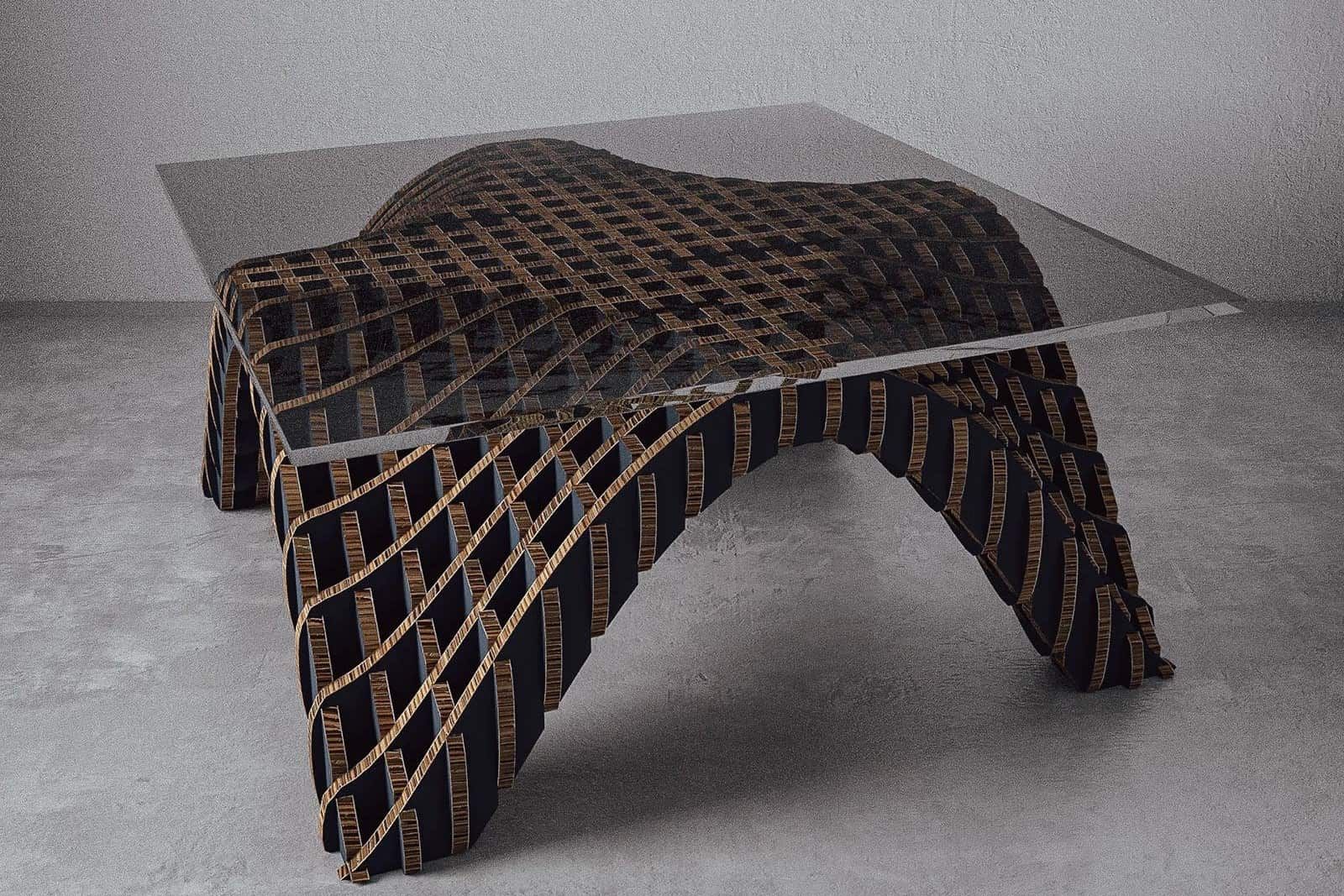
Cardboard Hypar Table (Source: https://nordwerk.co/)
Nordwerk Design has been doing something entirely different while still exploring parametric furniture design. The entire focus is on paper-based designs that are sustainable to promote a positive ecological footprint. Many of the products are cut precisely using a CNC machine. This Hypar Table explores an undulating form created entirely from thick cardboards topped with a glass panel. The result is an aesthetic piece that is also strong and practical.
We live in unprecedented times of creativity, exploration and experimentation. Despite its rise in popularity nowadays, parametric design is no longer considered new and many architects and designers are exploring new technologies and techniques to create better designs that are not only aesthetic but also functional and sustainable.
Do you want to have a go at creating your own parametric furniture design? Master parametric modelling techniques with Novatr’s Parametric Modelling Course and design stunning furniture. Join us now!
If you are curious about what parametric modelling can do, check out our Resources page for more examples.

Join 100,000 designers who read us every month
